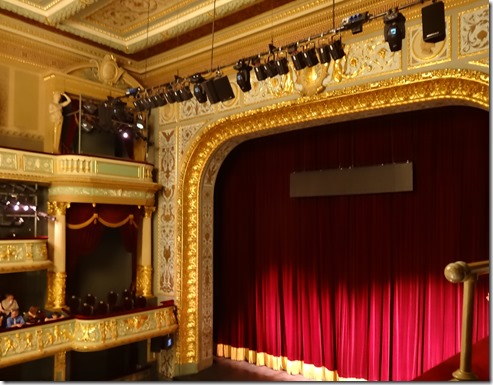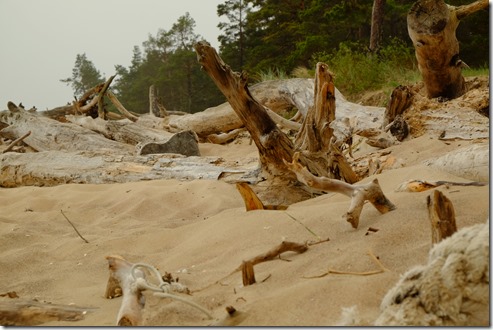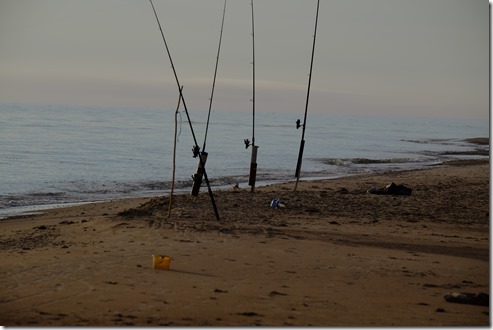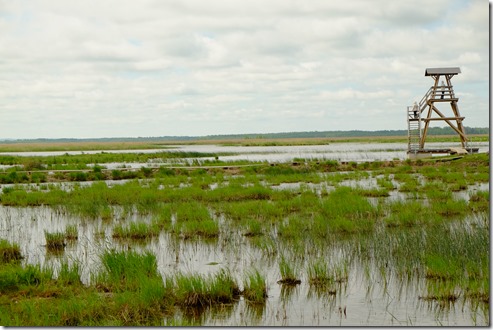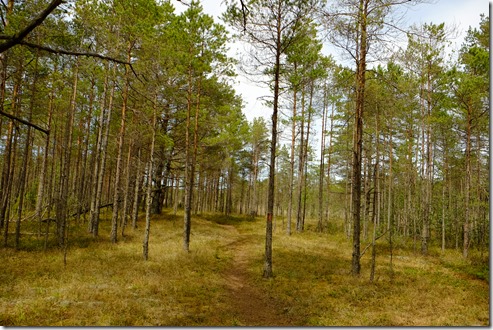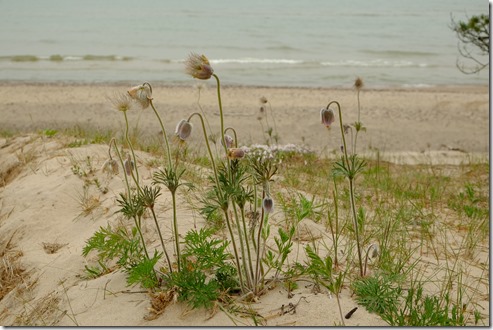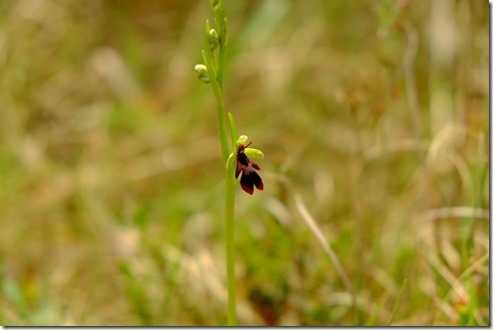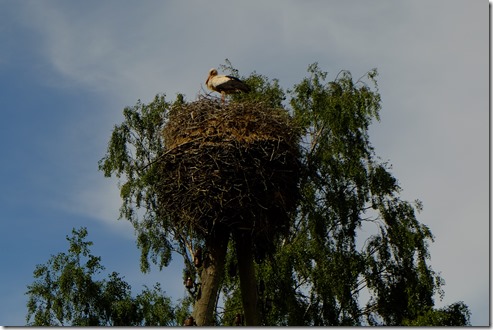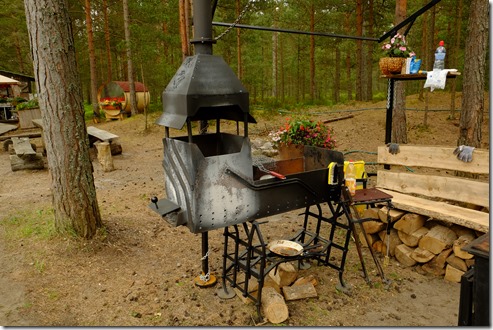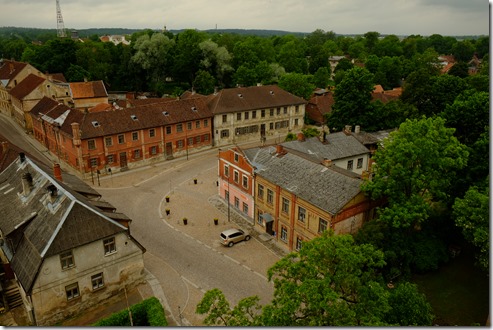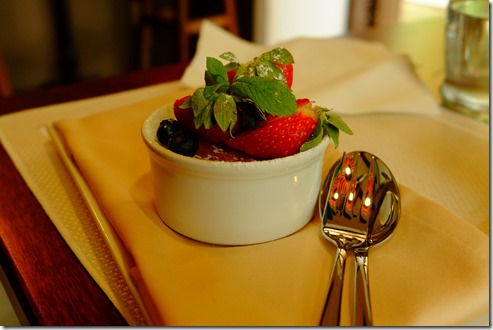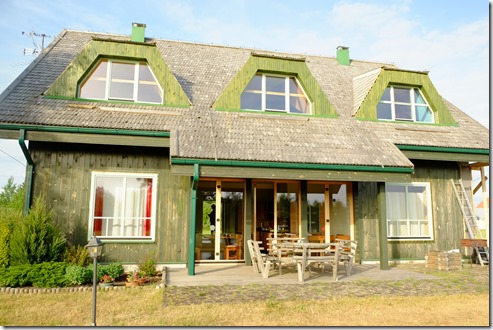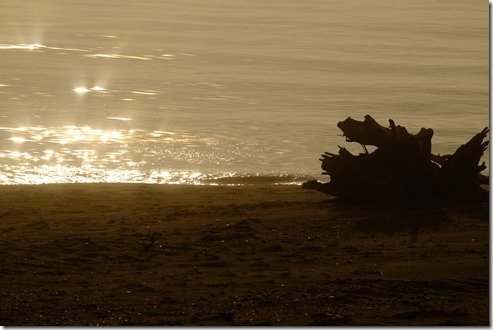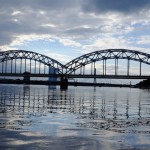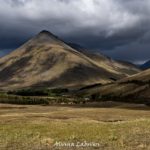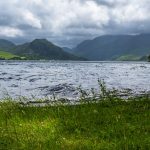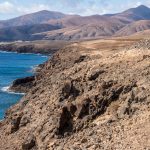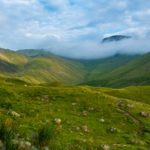Latvia Revived
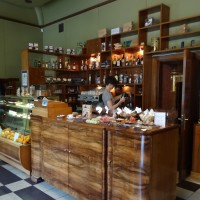
Latvia has moved on.
Trebi’s are no longer the prime form of transport.
You are more likely to be burned off the road by a Landcuriser than blocked in by a Soviet traffic jam.
Hidden in tiny alley ways with deftly painted doorways Riga hosts tasteful food and tasteful restaurants. Stag parties are discreetly removed from view.
Renowned for its music the opera house now gleams in gold. Packed performances play to a trans European Audience.
Leave the capital behind, step away from the crowds. There is a tourist trail. Or at least you would think so by the deftly developed websites and the professionally produced literature. Be prepared , to end up on roads your Sat Nav does not recognise and visit attractions where you are the only person to have visited in several weeks. Owners are courteous and attentive, English visitors are still a rarity. Germans, Russians and other Baltics may wander over the border but it is rare for any other nation to stray beyond the capital.
Jurmala is the seaside hinterland for Riga residents and has long been a favourite summer retreat with easy access by rail or road. International style hotels intermingle with traditional guest houses and derelict dachas. Beaches stretch for miles and only fill when July and August bring the brief Baltic summer.
Follow the white sand north up the Gulf of Riga and the soft dunes roll on to meet the strait of Irba. Defined by forests the pine walk right to the shore line. High tides of turbulent winters scattered trees like well place sculptures, bleached as white as the sand.
Only a few meters inland and saltwater is replaced by fresh water lakes or marsh. Latvia rises to a lofty 350m but for the most part barely leaves sea level. Low population density and years of underdeveloped agriculture are a blessing for biodiversity.
Wild flowers scattered over heath, meadow and dune.
Nature trails of flowers and plants are well advertised and marked, though don’t expect a ‘destination experience’. Instead enjoy the solitude as you pick your way through heath or woodland and adapt your own eyes to spotting orchid, anemones and dianthus.
Sensitive areas are protected by boardwalks. Deep green deciduous woodlands with ash, willow, hazel and oak reaching up for the canopy above the ferns and flowers. Twitchers will delight in ticking off a multitude of species from their lists.
Marsh harriers harass redshank and other benign waders. Bittern heard and not seen, vociferous common crane parading arrogantly across pastures while storks watch from wheel based nests in nearly every farm yard.
Walk across the marshland in the early morning to catch deer in the reed beds with pine martin and red squirrel squabbling noisily in the trees.
Small towns and villages shelter among the trees or in the vast meadows.
A bit bedraggled from years of neglect, but slowing painting and renovating to neat and tidiness. With a bit of searching you can find delicious food in restaurants turning traditional local dishes into international cuisine at far from international prices.
Accommodation has the usual spread from the impartial chains to tiny guest houses or airb&B.
Out of Riga new wooden lodges have sprung up amongst the forest or close to the sea. Usually with campsites and attached to nature trails.
Latvia – as the adverts say – best enjoyed slowly – perfect seclusion from a hectic world.
Travelled to Latvia with Dzintra tours – contact me for details.

